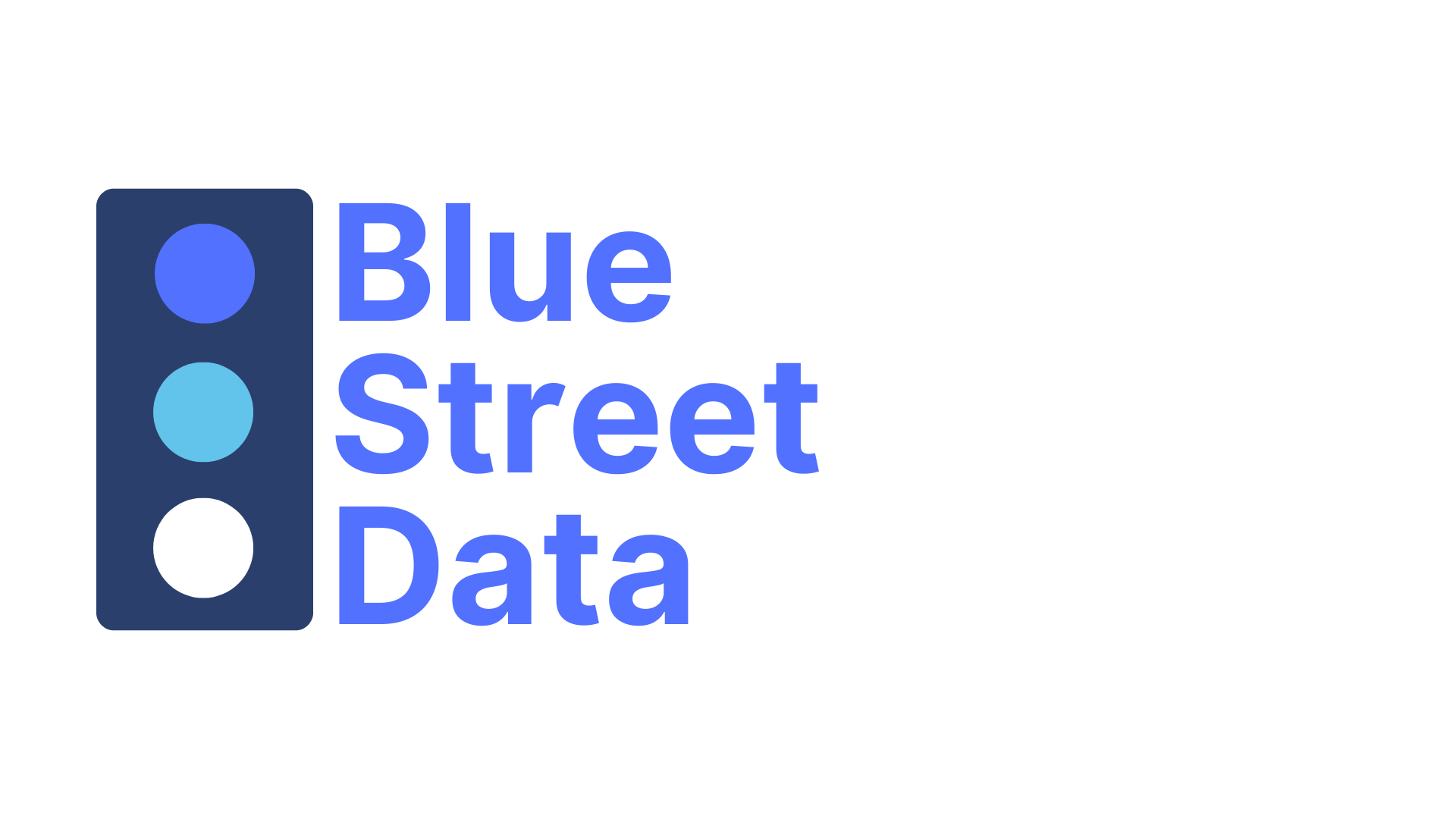Nonprofits are driven by purpose—but without current data, even the most mission-aligned organizations risk building programs that miss the mark. Community needs are constantly evolving, and assumptions can lead to wasted resources and missed opportunities.
By combining internal service data with external demographic, sentiment, and behavioral insights, nonprofits can make informed decisions about what to offer, who to serve, and how to grow—confidently.
Why Community Needs Assessments Should Be Data-Driven
✅ Identify program gaps based on real demand, not assumptions
✅ Prioritize services that meet the most urgent community needs
✅ Allocate resources more effectively across locations or demographics
✅ Strengthen impact reporting and improve grant competitiveness
✅ Build stronger relationships with the community through responsiveness
How It Works
🔹 Sentiment analysis and topic modeling surface community concerns from forums, surveys, and social media
🔹 Clustering algorithms segment populations by needs, usage patterns, and demographics
🔹 Predictive models identify which areas or populations will need the most support in the future
🔹 Association learning uncovers links between demographic characteristics and program engagement
Real-World Impact: Turning Feedback Into Action
The American Society of Mechanical Engineers (ASME) used open-ended survey responses to uncover just how essential their scholarship program had become. With analytics tools, they revealed deep emotional impact that had never been captured before—fueling decisions about how to scale their programs for even greater benefit.
📩 Want to build programs that truly reflect the needs of your community? Let’s talk about how external data can guide a smarter, more responsive nonprofit strategy.
